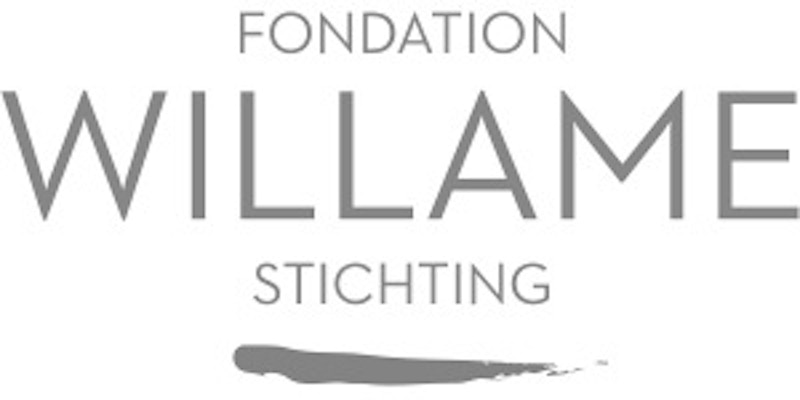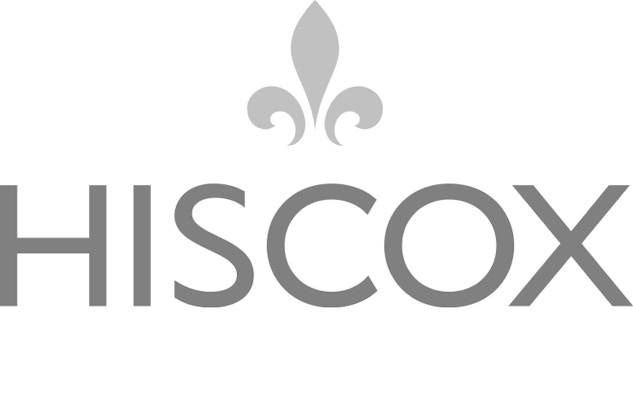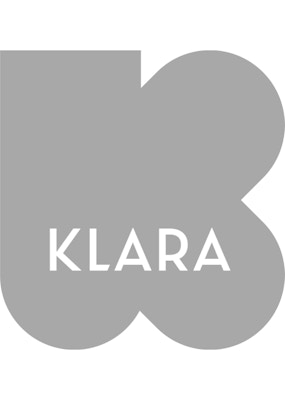Narcisse Tordoir & David Neirings
'Tears of the Skull'
2001
Mixed media
250 x 390 x 100 cm
Collectie S.M.A.K.
NL - Narcisse Tordoir (°1954, Mechelen) is een van Belgiës belangrijkste kunstenaars. Al vanaf de jaren 1980 zoekt hij de grenzen van de schilderkunst op en onderzoekt hij de mogelijkheden van dit medium op de meest individuele, veelzijdige en interdisciplinaire manier. Hierbij rekt hij de grenzen zodanig op dat zijn werken niet zelden buiten het klassieke doek treden en de vorm aannemen van al dan niet monumentale installaties, die dikwijls met behulp van anderen geconcipieerd en gerealiseerd worden.
Tears of the Skull is hiervan een goed voorbeeld. Dit werk – een samenwerking tussen Narcisse Tordoir en schilder, dj en skater David Neirings (°1972, Gent) – bestaat uit drie panelen, die beschilderd werden met een beeltenis die het midden houdt tussen het bekende tekenspelletje ‘drawing by numbers’ en een technische tekening van archeologische opgravingen. Diverse gevonden objecten, schedels en botten zijn genummerd en bevinden zich at random binnen de compositie van het beeld. De panelen zijn bedekt met gekleurde schappen in aluminium die horizontaal bevestigd werden over het schilderij. Dit verbeeldt een soort van toekomstige functionaliteit van het werk als een boekenkast, een metafoor voor het geheugen of het archief, iets wat gelijkloopt met de activiteiten van het brein in de schedel, en dus zo opnieuw de link legt met de archeologische opgraving. Heel dit geheugennetwerk wordt van bovenaf verlicht door lampen die de gehele breedte van het werk omspannen.
FR - Narcisse Tordoir (°1954, Malines) est un artiste belge de premier plan. Dès les années 1980, il explore les confins de la peinture et étudie les possibilités de ce médium d’une façon extrêmement personnelle, variée et interdisciplinaire. Il en étire tellement les limites qu’il n’est pas rare que ses œuvres se situent en dehors de la toile classique et prennent la forme d’installations, parfois monumentales, qui sont souvent conçues et réalisées avec l’aide d’autres artistes.
Tears of the Skull en est un bon exemple. Cette œuvre – une collaboration entre Narcisse Tordoir et le peintre, DJ et skater David Neirings (°1972, Gand) – se compose de trois panneaux peints d’une image qui se situe à mi-chemin entre le célèbre jeu « drawing by numbers » et un dessin technique de fouilles archéologiques. Divers objets trouvés, des crânes et des os ont été numérotés et sont disposés de manière aléatoire dans la composition. Les panneaux ont été couverts d’étagères colorées en aluminium fixées horizontalement sur le tableau. Cet élément évoque une sorte de fonctionnalité future de l’œuvre en tant que bibliothèque, métaphore de la mémoire ou des archives, quelque chose de parallèle aux activités du cerveau dans le crâne, ce qui établit donc à nouveau un lien avec les fouilles archéologiques. Tout ce réseau mémoriel est éclairé d’en haut par des lampes qui s’étendent sur toute la largeur de l’œuvre.
ENG - Narcisse Tordoir (b. 1954, Mechelen) is one of Belgium’s most important artists. He has been exploring the boundaries of painting and investigating the possibilities of this medium in an extremely individual, multifaceted and interdisciplinary way since the 1980s. In so doing, he stretches the boundaries of painting to such an extent that his works often go beyond the classical canvas and take the form of installations, monumental or otherwise, which are frequently conceived and realised with the help of others.
Tears of the Skull is a typical example of his approach. This work – a collaboration between Narcisse Tordoir and the painter, DJ and skater David Neirings (°1972, Gent) – consists of three panels, which are painted with an image that falls somewhere between the well-known game ‘drawing by numbers’ and a technical drawing of archaeological excavations. Various found objects, including skulls and bones – all of which are numbered – are strewn across the sculptural composition. Coloured aluminium shelves have been fixed horizontally across the painting. This suggests that the work might have a potential function, as a bookcase, a metaphor for memory or the archive, or as something akin to the workings of the brain in the skull, thus again linking it to the archaeological dig. The entire memory network is illuminated from above by lights that run the entire breadth of the work.















